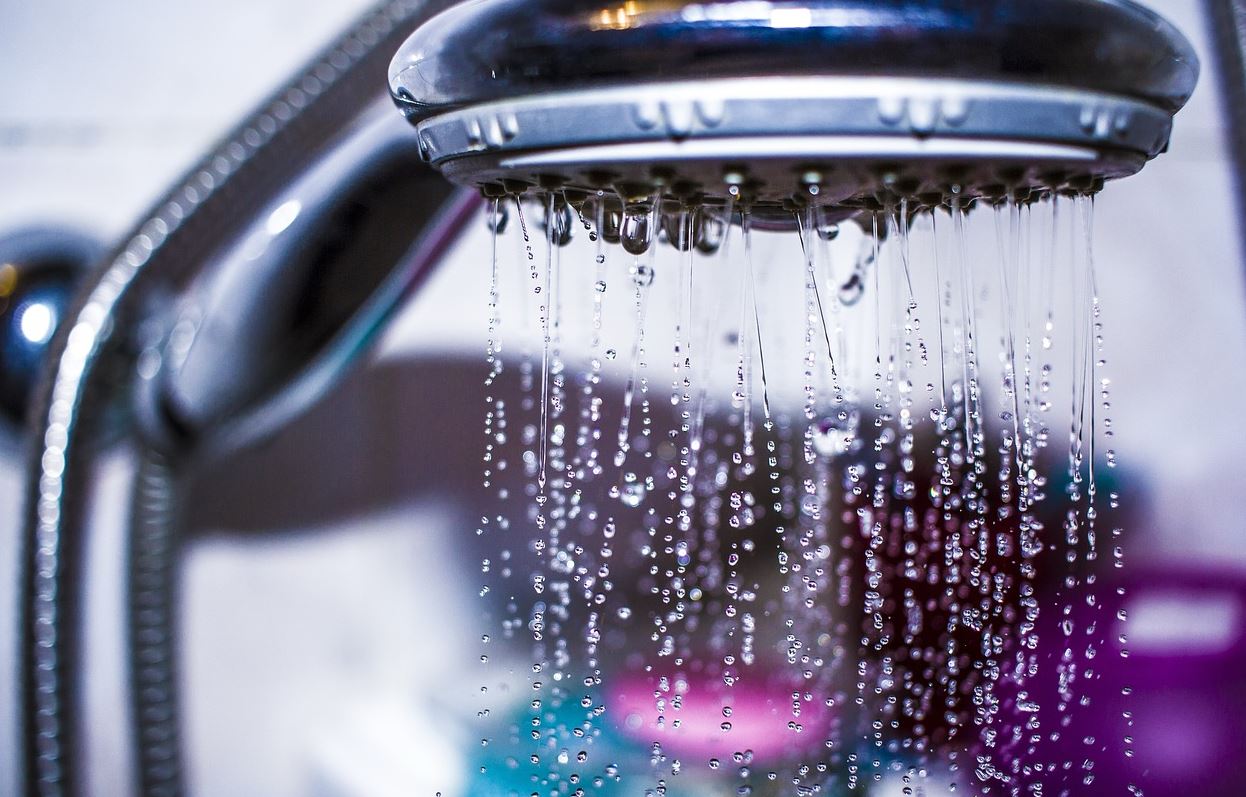
Householders should take steps in bathroom showers to reduce the risk of exposure to the potentially deadly Legionnaire’s disease.
A new study Flinders University environmental health article published in the journal Pathogens says the potentially dangerous bacteria has been found at high levels in household shower systems.
Out of 68 samples collected from showers across Adelaide for laboratory analysis, 75% were colonised with Legionella bacteria and 64% contained traces of Legionella pneumophilia, which is the most common cause of the pneumonia-like disease.
Microbiologist and lead author Dr Harriet Whiley says elderly residents, lung disease sufferers and heavy smokers are most at risk of contracting the disease so simple steps should be taken, including raising the temperature of the hot water supply and running showers more regularly to clear out pipes.
“More than two-thirds of the samples proved to be a significant source of Legionella spp and L. pneumophilia, as a result our bathrooms should be considered a potential source of Legionnaire’s disease,” Dr Whiley says.
Legionnaire’s disease occurs when a person breathes in contaminated water or dust, and the corresponding bacterial lung infection causes symptoms like fever, chills, shortness of breath, coughing and in serious cases can be fatal.
“It’s particularly significant given our increasingly ageing population, when you consider the growing number of elderly residents who wish to remain in independent living so they can stay a part of their existing communities for longer.”
Dr Whiley says the study highlights a lack of public awareness about the risks associated with Legionella contamination, proving the need for public health campaigns which inform vulnerable people about steps they can take to reduce the risk.
“Simple steps can be taken like increasing your hot water temperature and running showers every week to replenish the water sitting in pipes,” she says.
The findings support a previous study in Germany which noted water systems set under 60oC degrees were more likely to harbour Legionella.

The study found no link between the types of hot water systems being used or their age. This is possibly because the temperature of the hot water is the most significant factor promoting legionella growth.
Some showers had hot water temperatures as low as 34oC, which is concerning because the optimum temperature for legionella growth is 38oC. It is recommended that hot water temperature be set above 65oC to kill the bacteria.
Last year there were 440 cases of Legionellosis reported in Australia, but it’s unknown how many originated in showers or from other sources of contamination like cooling towers and hospitals.
The study, ‘Factors Influencing Legionella Contamination of Domestic Household Showers‘ (2019) by Deanna Hayes-Phillips, Richard Bentham, Kirstin Ross and Harriet Whiley has been published online.

